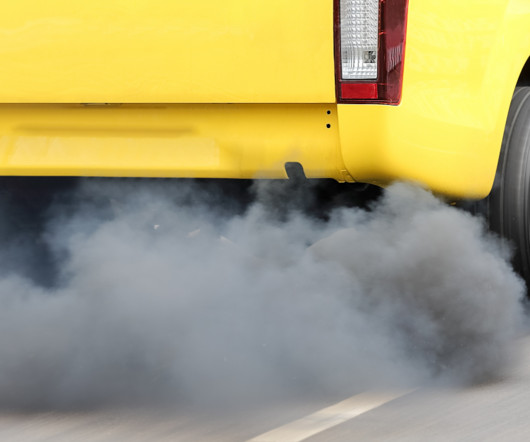Federal-Mogul develops advanced high-temperature gasket technology to support cleaner, more fuel-efficient engines
Green Car Congress
NOVEMBER 17, 2010
Federal-Mogul Corporation has developed a portfolio of advanced High Temperature Alloy (HTA) materials that help to ensure reliable long-term exhaust sealing, even on the most demanding powertrain applications with fluctuating high temperatures and dynamic mechanical loads. New sealing systems are required.


















Let's personalize your content